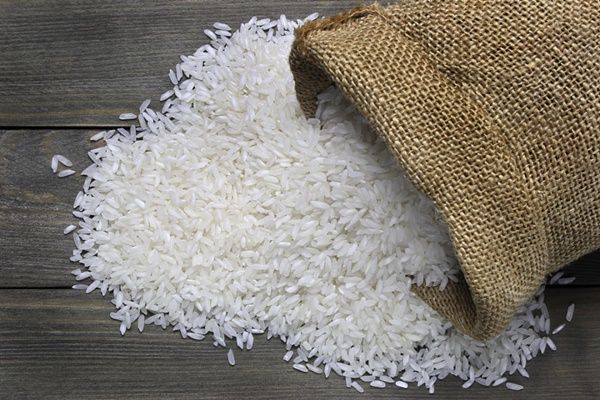With Christmas just around the corner and people stocking up on foods for the festivities, the Food and Drugs Authority (FDA) is also on high alert and working assiduously to protect public health and safety with regards to foods being sold on our markets.
In monitoring of foods and information concerning our foods, the Authority has picked up information circulating on social media reporting that rice can be made artificially and directing consumers to test rice before purchasing and consuming.
In this publication, the FDA wishes to allay fear and panic caused by such social media posts and assure Ghanaians of their safety.
The FDA also wishes to explain what is termed “Artificial Rice”.
Artificial rice is a grain product that has the general appearance of rice and is a paddy-rice substitute. It is made of broken rice and/or other cereals and fortified with some micronutrients. One of the first of such rice products was “Ultra rice’ which was introduced to the public in 2005 to aid malnutrition. It was also introduced in Indonesia as part of the food diversification program, proposed to help improve food security.
Contrary to information circulating on social media, artificial rice is not rice that contains plastics or resins. it rather contains starch from other foods such as potatoes, corn or cassava and can be fortified with functional ingredients, such as, vegetables, fruits, or vitamins, folate or iodine, that bring health benefits like antidiabetic, antioxidant, antihypertensive, and anticancer. In some countries artificial rice is also called “fortified rice” as it is produced to target malnutrition. This coupled with the need for sophisticated processing equipment, makes artificial rice more expensive than grown paddy rice and as such does not make it an attractive venture to many.
It is suspected that the existence of artificial rice as an innovative alternative food product, fuels some people’s erroneous belief that there is rice made of artificial material such as plastics, being sold for human consumption. It is crucial to note that the notion of making rice from plastics is unprofitable because it is more expensive to make such plastic products compared to rice farming, plastic rice cannot be cooked as its melting point increases with the increase in temperature, a plastic product can easily be detected by conducting simple inexpensive laboratory tests.
It is also important for Ghanaians to note that the FDA has not registered any artificial rice for importation and sale in Ghana in accordance with Part 7, Section 99 of the Public Health Act, 2012 (Act 851). Furthermore, even though China is indeed the world’s largest producer of rice, it is not the top trader of rice to Ghana. 2020 reports showed that Ghana imports rice mainly from Vietnam (72.2%), Thailand (11.6.%), India (6.68%), and Pakistan (5.98%). Only 1.52% of Ghana’s imported rice is from China. This further reduces the risk of importing speculated artificial rice from China.
Consumers are therefore encouraged to confidently purchase and consume the brands of rice that are presently on the market with the assurance that they have been subjected to stringent internationally accredited regulatory protocols and are safe for consumption.
Consumers are also encouraged to bring to the attention of the FDA any incidences of rice that is unregistered or suspicious.
Source: Food and Drugs Authority

 Business2 years ago
Business2 years ago
 Politics2 years ago
Politics2 years ago
 News3 years ago
News3 years ago
 Politics1 year ago
Politics1 year ago
 News2 years ago
News2 years ago
 Media2 years ago
Media2 years ago
 National1 year ago
National1 year ago
 International2 years ago
International2 years ago
